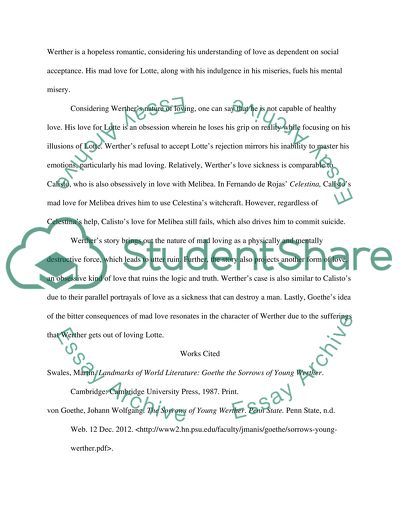Cite this document
(“Comparative Literature Essay Example | Topics and Well Written Essays - 2000 words”, n.d.)
Retrieved from https://studentshare.org/literature/1465026-comparative-literature
Retrieved from https://studentshare.org/literature/1465026-comparative-literature
(Comparative Literature Essay Example | Topics and Well Written Essays - 2000 Words)
https://studentshare.org/literature/1465026-comparative-literature.
https://studentshare.org/literature/1465026-comparative-literature.
“Comparative Literature Essay Example | Topics and Well Written Essays - 2000 Words”, n.d. https://studentshare.org/literature/1465026-comparative-literature.


